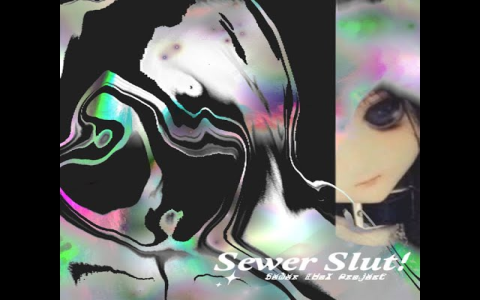Alright, so today I wanna talk about something that’s been bugging me for a bit, in a good way, you know? That super hazy, dreamy sound in Clams Casino’s production for A$AP Rocky’s “Realist Alive”. I just had to try and figure out what was going on there, or at least get close to it myself.
My Starting Point: Just Listening and Basic Digging
First thing I did, pretty obvious, I guess, was just listen to the track a bunch of times. Like, really listen. Headphones on, world off. I was trying to pick out that specific atmospheric layer. It’s kinda buried in there, but it’s key to the whole vibe. You know Clams, everything’s washed in this beautiful sonic fog. It’s not always super clear what’s what.
Then, I poked around online a bit. Typed in the usual stuff: “Realist Alive sample,” “Clams Casino Realist Alive sample source,” “what sample did Clams Casino use in Realist Alive,” that kind of thing. Found some discussions on forums, a few Reddit threads. Lots of people guessing, lots of talk about his general style, which is cool, but nothing definitive on that one particular sound I was chasing. It’s often like that with his stuff; it’s either super obscure or so processed it’s hard to tell.
Getting My Hands Dirty: Trying to Recreate It
So, when just searching didn’t cut it, I figured, why not try to make something similar myself? That’s half the fun, right? And a good way to learn. Fired up my trusty old DAW – for me, that’s usually Ableton Live, but whatever you use is fine, FL Studio, Logic, whatever gets the job done.
My theory was it’s probably some kind of vocal snippet, or maybe a synth pad, just completely drenched and manipulated. Here’s what I started messing with:
- Finding a base sound: I just started grabbing things. I dug through some old sample packs I have, looking for short vocal phrases, little melodic bits, even some ambient synth pads. Nothing too distinct on its own, because I knew I was gonna mangle it.
- The Reverb Ocean: This is Clams Casino 101, right? I slapped on a huge reverb. I mean, like, a massive hall or plate reverb. I cranked the decay time way up. Then I played with the wet/dry mix until it was mostly wet, almost drowning the original sound. Valhalla reverbs are great for this, but even stock DAW reverbs can work if you push them.
- Pitching and Stretching: Then I started playing with the pitch of whatever sound I was using. Dropped it down quite a bit, sometimes an octave or more. Stretched the audio too, using different warp modes in Ableton to see what textures came out. This can create some cool artifacts and really change the character.
- More Effects for Flavor: After the reverb and pitch stuff, I added a bit of delay, usually a ping-pong or a simple stereo delay, very subtle, just to give it some more space and movement. Maybe a slow chorus or a phaser, again, very lightly mixed in. EQ was important too, rolling off the harsh highs and some of the muddy lows to make it sit back in the mix, all ghostly-like.
This took a while, mind you. It wasn’t a quick fix. Lots of tweaking. I’d make a sound, A/B it with the track, shake my head, try a different source sample, or a different effects chain. It’s a process of trial and error, a lot of “that’s not quite it” moments before you get something that feels right.
The Breakthrough (Sort Of)
After a good few hours, honestly, spread over a couple of evenings, I didn’t find the exact original sample. I still don’t know for sure what specific piece of audio he used. That stuff can be like finding a needle in a haystack. But, and this is the cool part for me, I managed to create a sound that had a very similar feel. It had that ghostly, washed-out, ethereal quality that I was aiming for. It wasn’t a perfect match, not a carbon copy, but it was close enough that I felt like I understood the technique and the vibe much better.
I read somewhere later, some folks speculating it might be a heavily processed Enya sample, or something similar from that new age, ethereal vocal world. Knowing Clams’ style of digging for obscure, beautiful sounds, that sounds pretty plausible. But without him saying it, it’s all just good educated guesswork.
What I Took Away From This Whole Exercise
So, yeah, that was my little adventure trying to deconstruct and get close to that “Realist Alive” atmosphere. The big takeaway for me wasn’t necessarily finding the exact sample, even though that would’ve been a nice little trophy. It was more about the process of deep listening, critical thinking, and then trying to replicate sounds using the tools I have. It’s amazing what you can learn by just messing around with effects and being patient, trying to emulate something you admire.
Sometimes you don’t need the original ingredient if you can figure out the recipe, you know? Or at least a recipe that gets you into the same ballpark. And that’s what this practice was all about for me. Hope this little story of my tinkering is interesting or maybe even helpful if you’re out there trying similar stuff. Keep experimenting, that’s where the magic happens!
